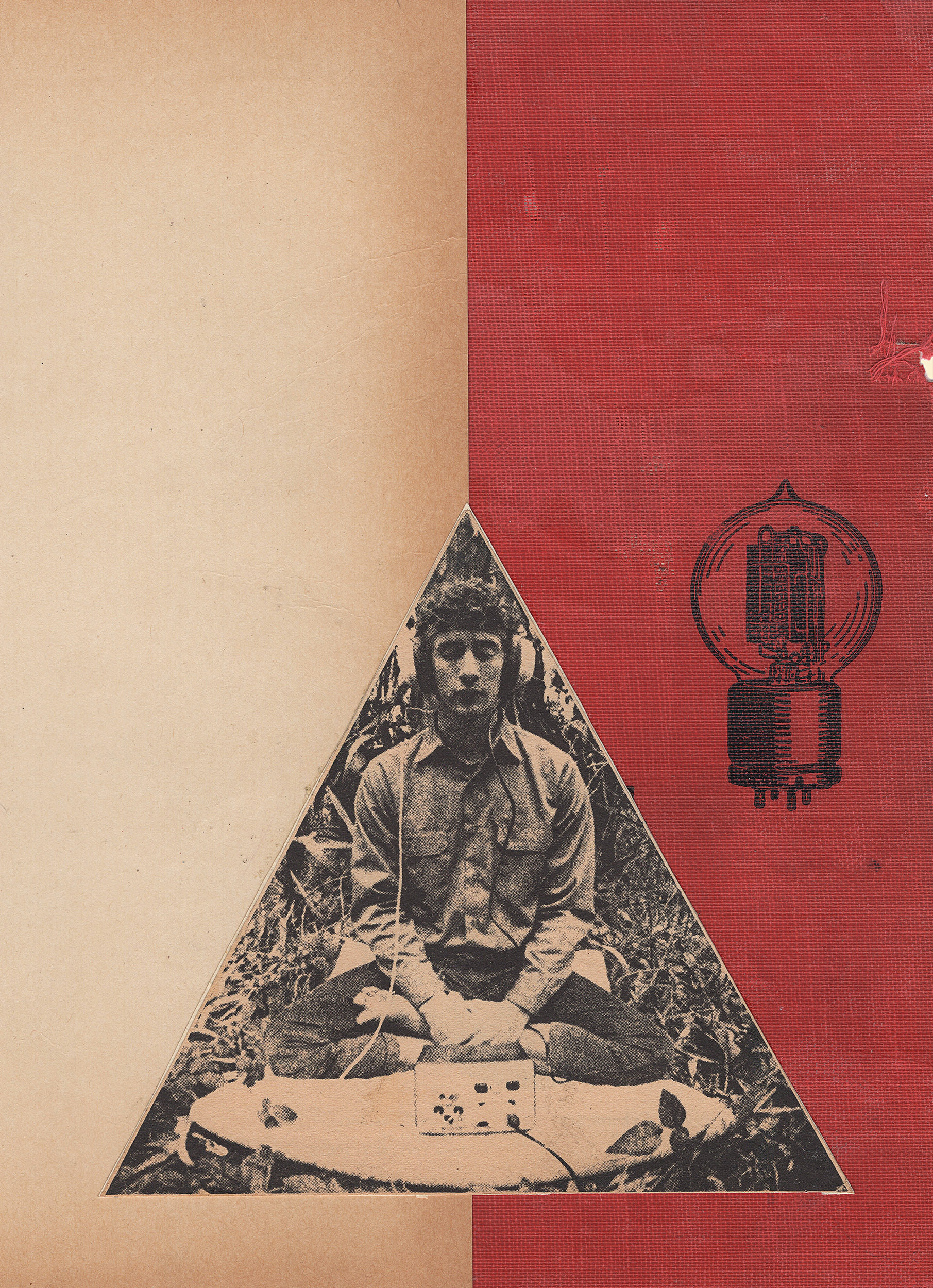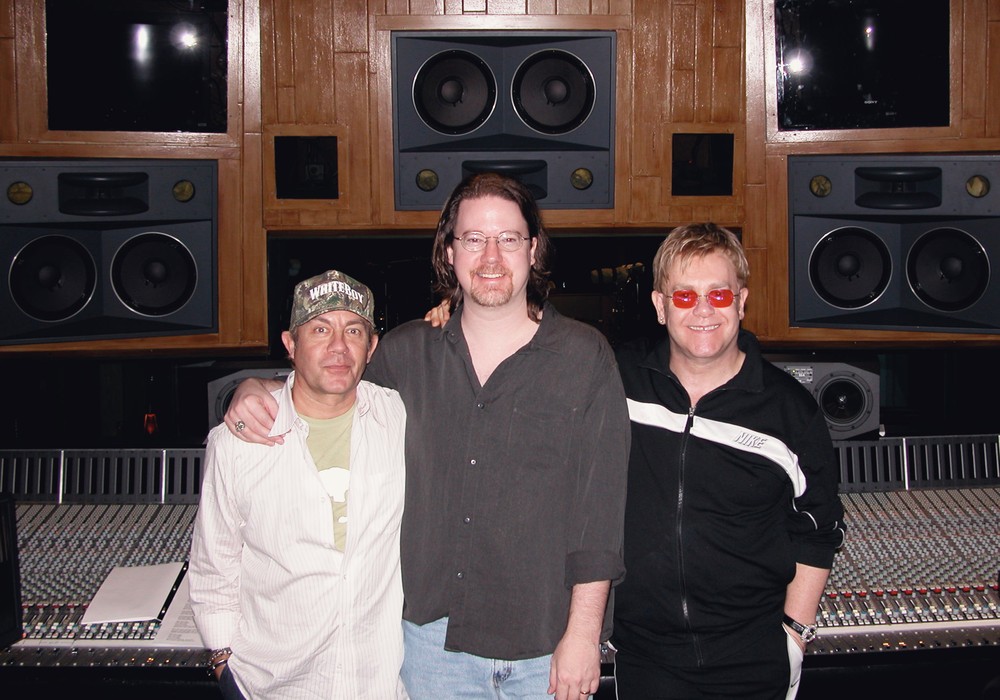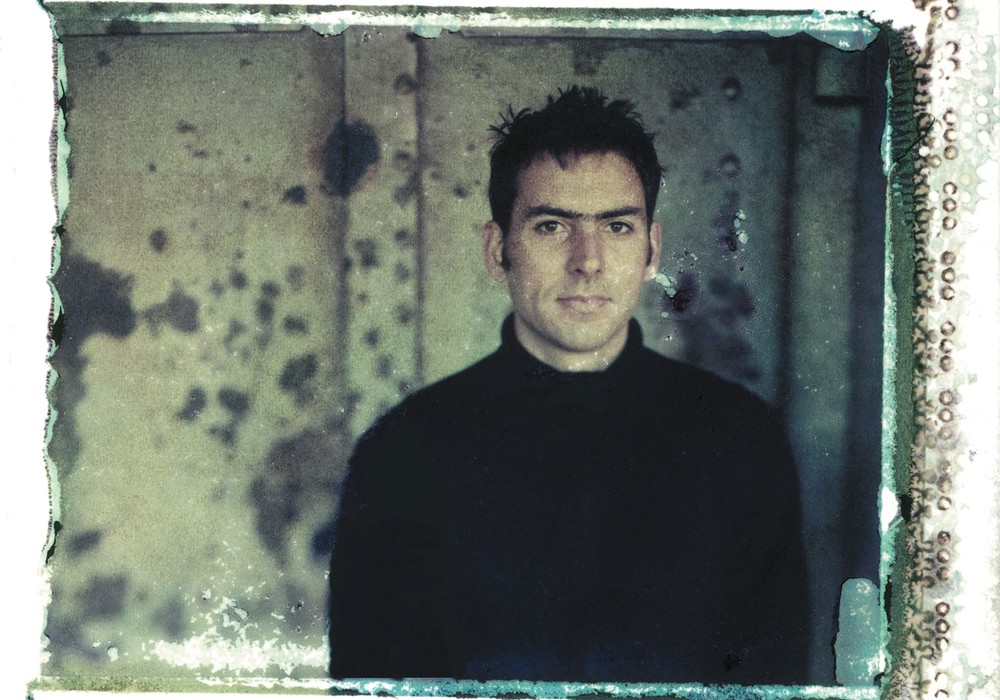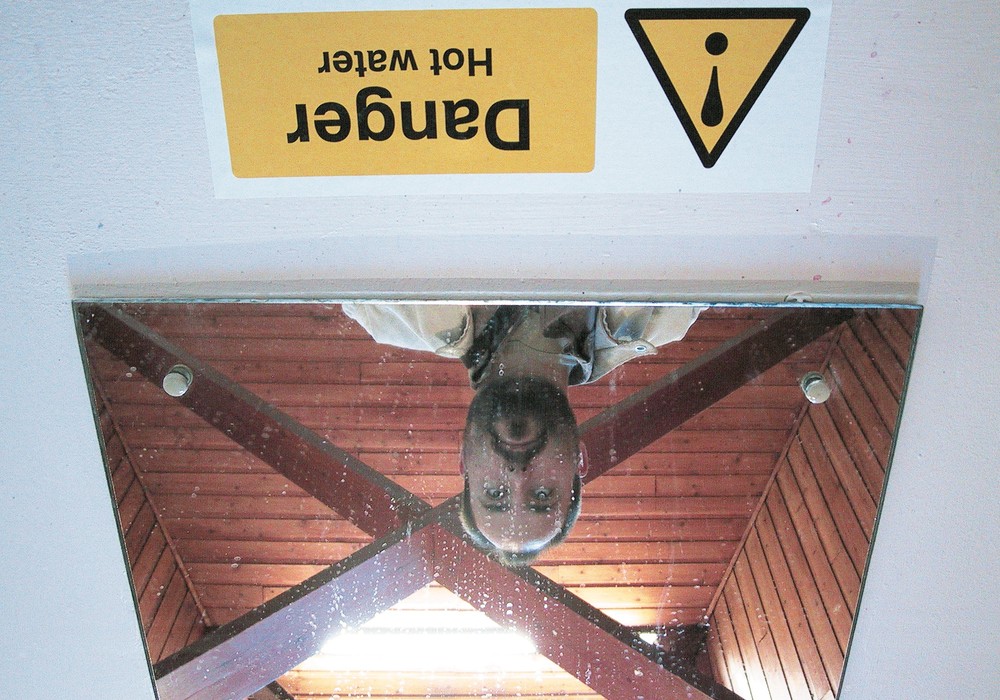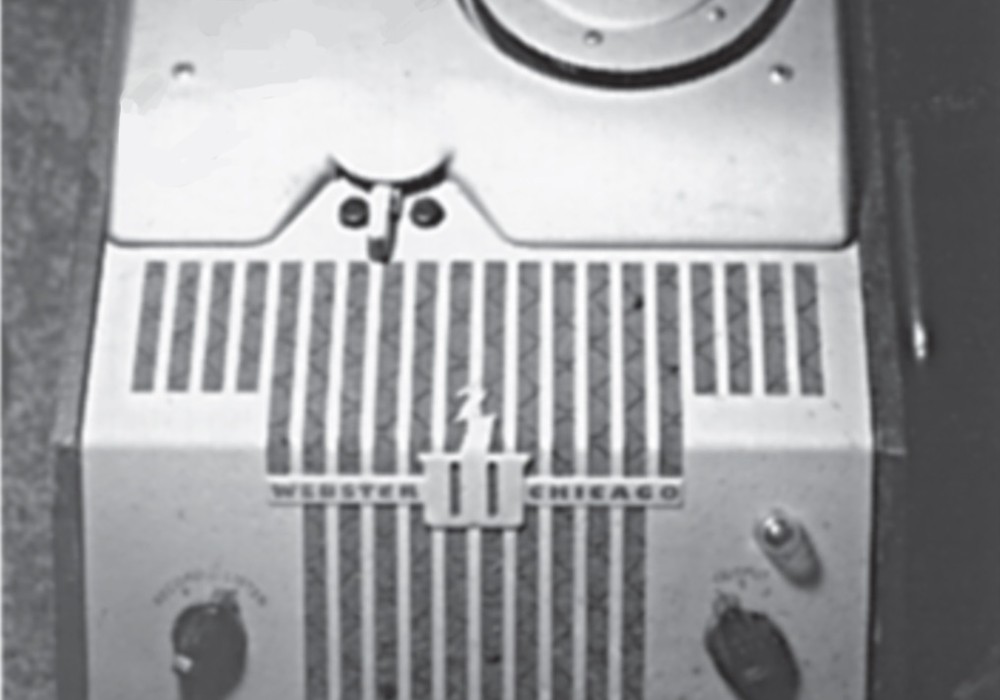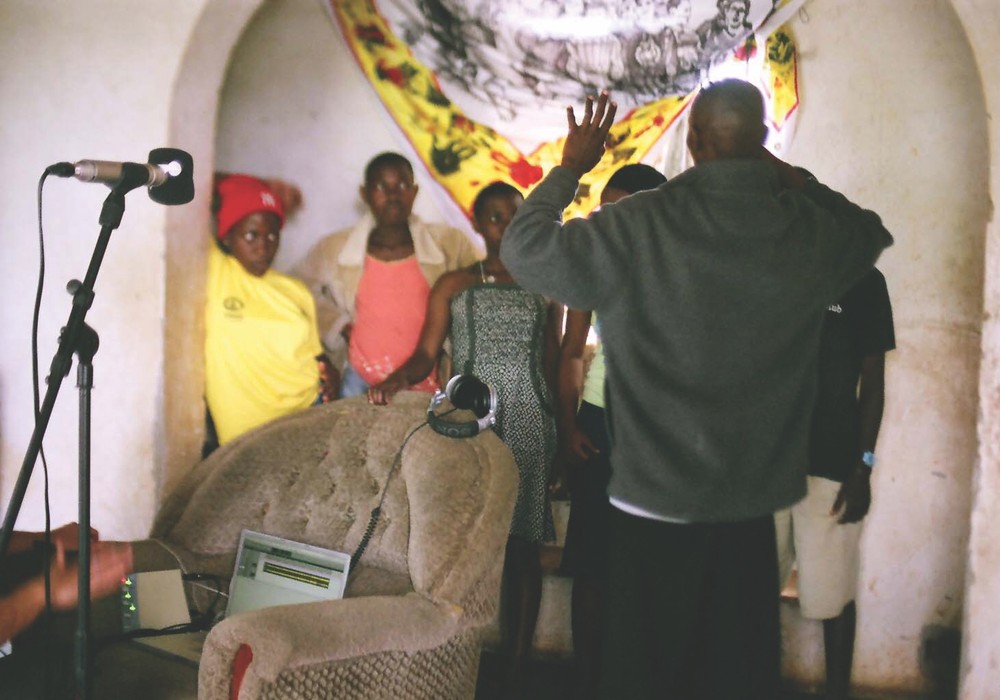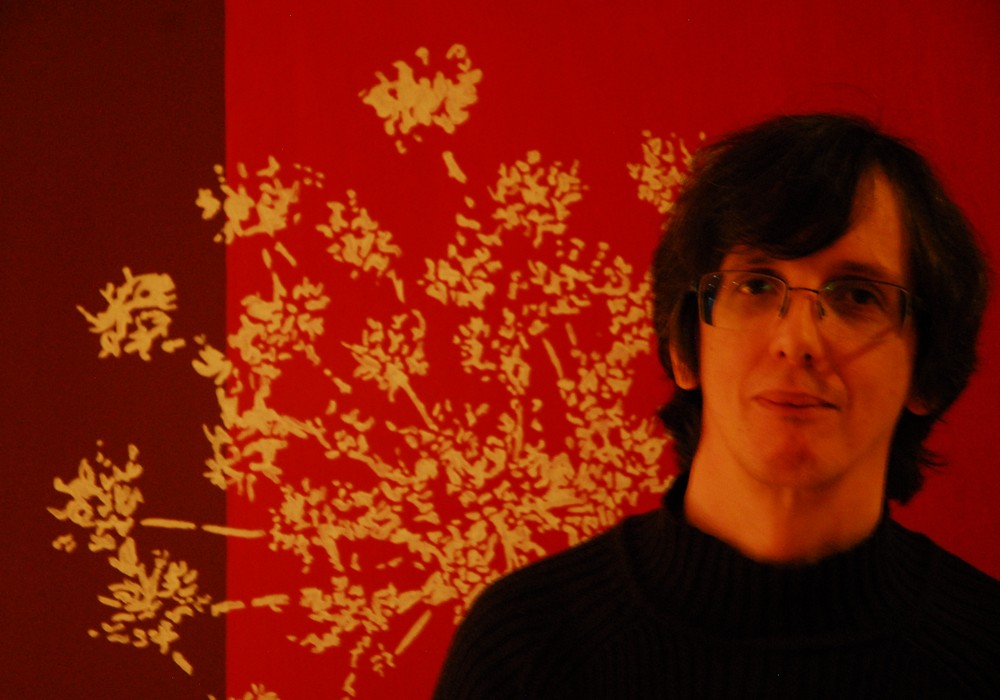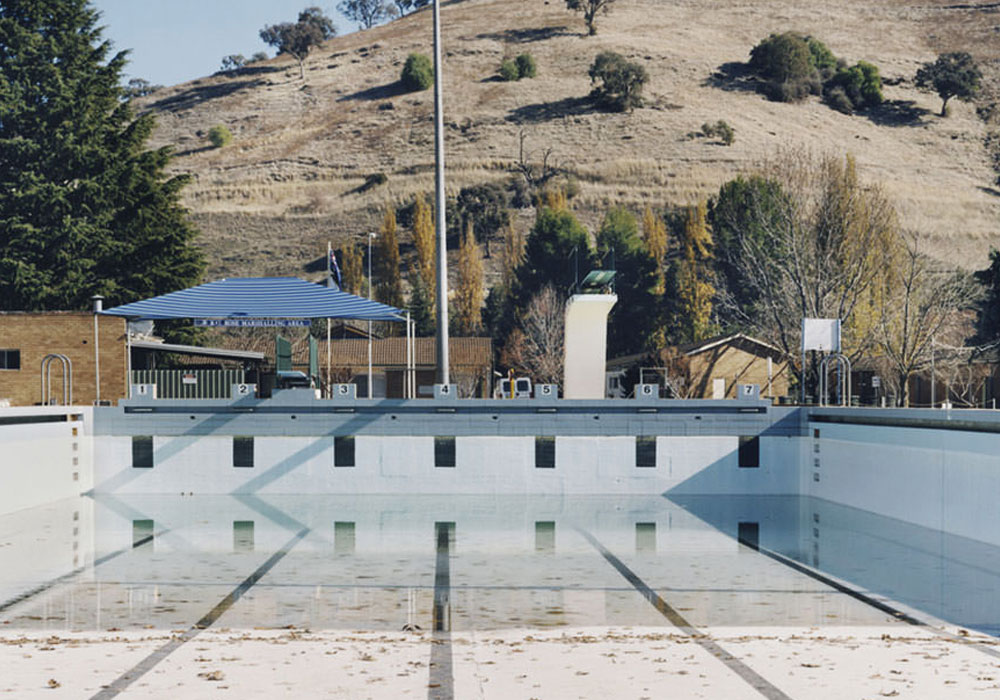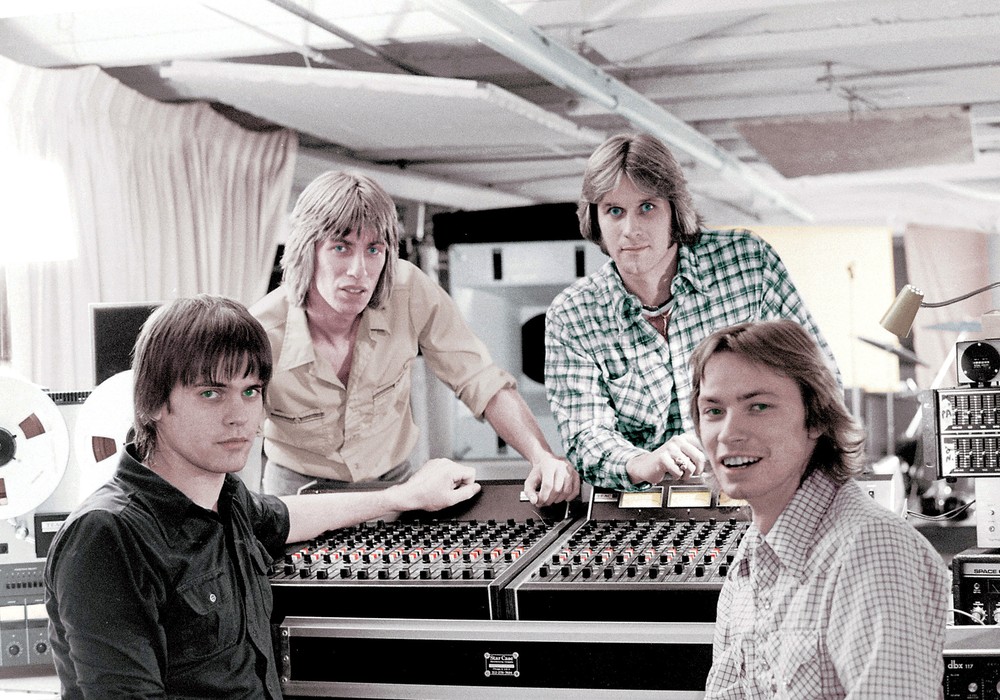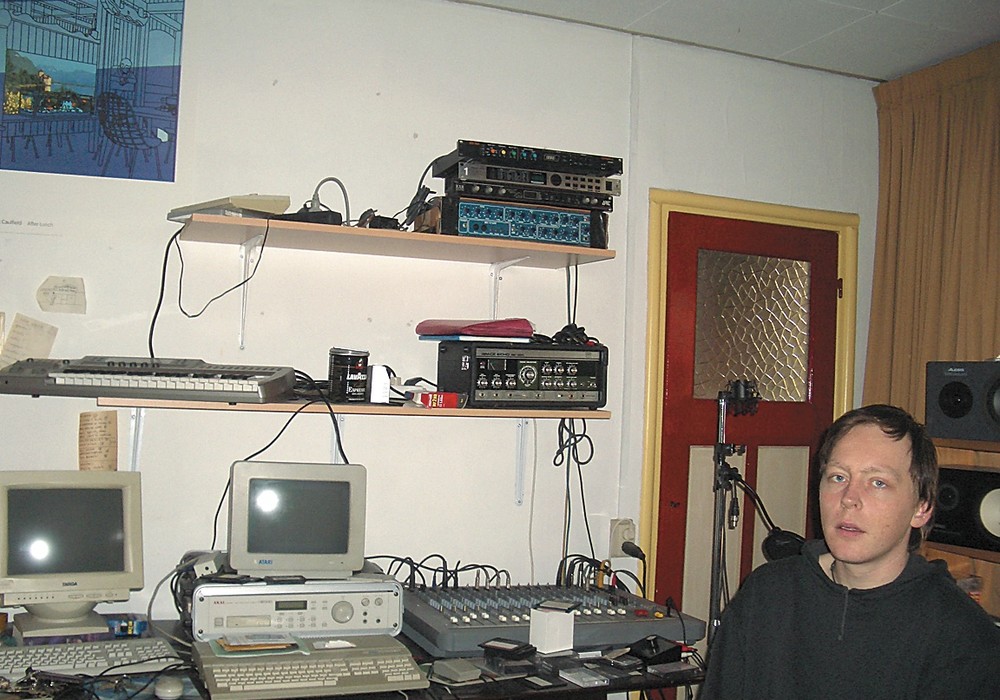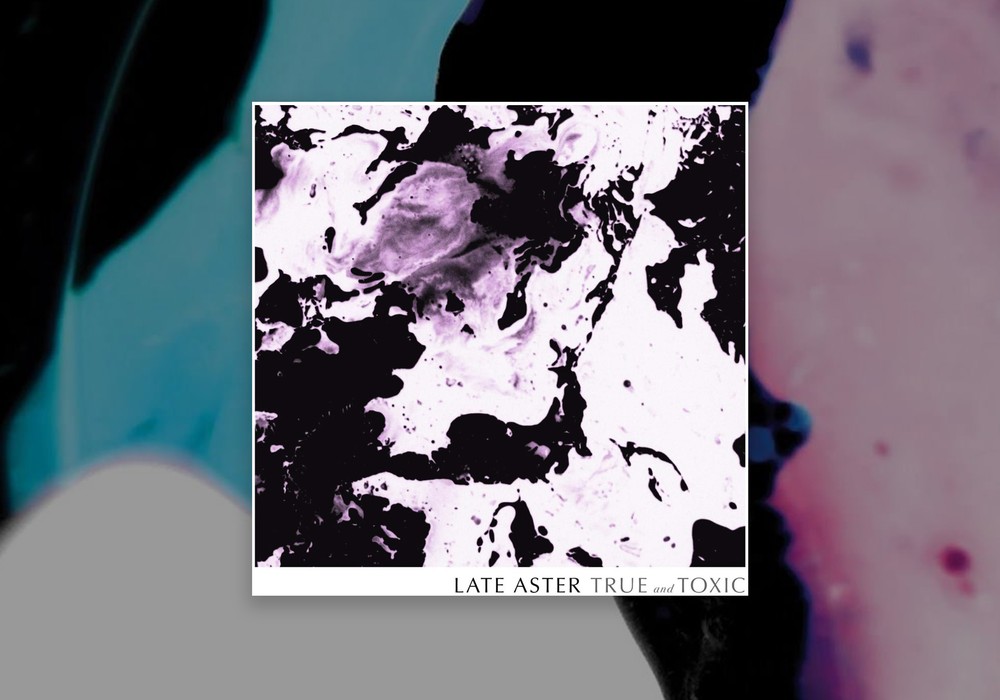Grammy-winning engineer Matt Still has become Elton John’s go-to person for decades. This speaks volumes, given the no-doubt exacting nature of such a veteran and commercially successful artist. A lifelong native of Georgia, Matt engineered OutKast’s breakthrough album, Speakerboxxx/The Love Below, which arguably altered the course of hip-hop by broadening its palette. With 30 years of experience under his belt, he has worked with a staggeringly diverse group of artists, including Sly & the Family Stone, Jewel, Alice in Chains, Bruce Hornsby, Patti LaBelle, gospel legends BeBe & CeCe Winans, Nelly, Brandi Carlile, and Stevie Wonder.
How did you begin with engineering?
I’ve been in music my whole life. I was studying piano at age 4. My mother got me piano lessons because I’d hear a song I liked, and then I’d sit down at the piano and start trying to pick out the melodies. I would play with both hands, so I began studying classical piano. When I got to high school age, I was playing in garage bands, doing keyboards, background vocals, and some lead vocals from time to time. As I got into college, and we started doing demo tapes, I never liked the way that they sounded. They never came out of the speakers the way that I heard them in my head – especially the songs I wrote. I thought to myself, “I need to learn what that person sitting behind the console is doing.” I had no clue what was going on when they were turning knobs. I understood that pushing the fader up made it louder and pulling it down made it softer. I began going to school for it at Georgia State University, but I was interning at a studio from day one, asking a ton of questions, and learning everything that I could. Pretty soon I was an assistant engineer and I worked my way up the ladder. It developed out of necessity – needing to record my own music.
What was the year of that first demo?
We started doing demos around 1987. In 1989 was when I began going to school and interning.
That was around the era of 4-track cassette recorders. Did you ever do any of that?
I was fortunate in that I went right into formal studios. I figured that if I wanted to do this that I wanted to learn from the best, so I walked into the best studio in Atlanta – which, at the time, was called Soundscape [Studios], and then became Bosstown Recording (owned by Bobby Brown) and is now Stankonia [Recording Studios], owned by OutKast. It was the best studio in town, where all the real records were being made. This was at a time when becoming a recording engineer was not as publicized or well-known as it is today. There was only one academic program in the state of Georgia for recording engineering, and that was at Georgia State University. Now you have all of those programs packed full of people, so you have a lot coming out every year competing for internships and work in studios. In the late 1980s that wasn’t the case. I emptied garbage cans, swept the parking lot, vacuumed, and cleaned bathrooms; all of the things an intern is supposed to do. They were gracious enough that once they knew I had some grip on the equipment and I respected it, they would allow me to bring my own bands in during off-hours whenever there was nobody in there – usually between midnight and 6 a.m.
Yeah, I know that shift. [laughter]
That was a big growing experience for me because I made a lot mistakes with the recordings. But it was my own band, and we were having fun and creating.
What are the advantages and disadvantages of formal engineering training?
I got into my internship before any of my recording classes at Georgia State. This was in the infancy of academic recording programs. By the time I got to the actual hands-on recording classes at Georgia State, I knew more than the person teaching the classes. It’s no knock on the professors; they were composers more than engineers and they happened to have the studio available – the facility was used as their classroom. They were very good composers, but they were often limited as engineers. I’d ask, “Teach us how to align this tape machine,” or, “The different patterns for microphones.” They’d say, “Uh, you don’t really need to do that. Once the machine is set up, it takes a lot of work.” It was clear the instructor didn’t know how to align a tape machine. But, as an assistant engineer back then, aligning the tape machine was the very first thing you did the minute you walked...
